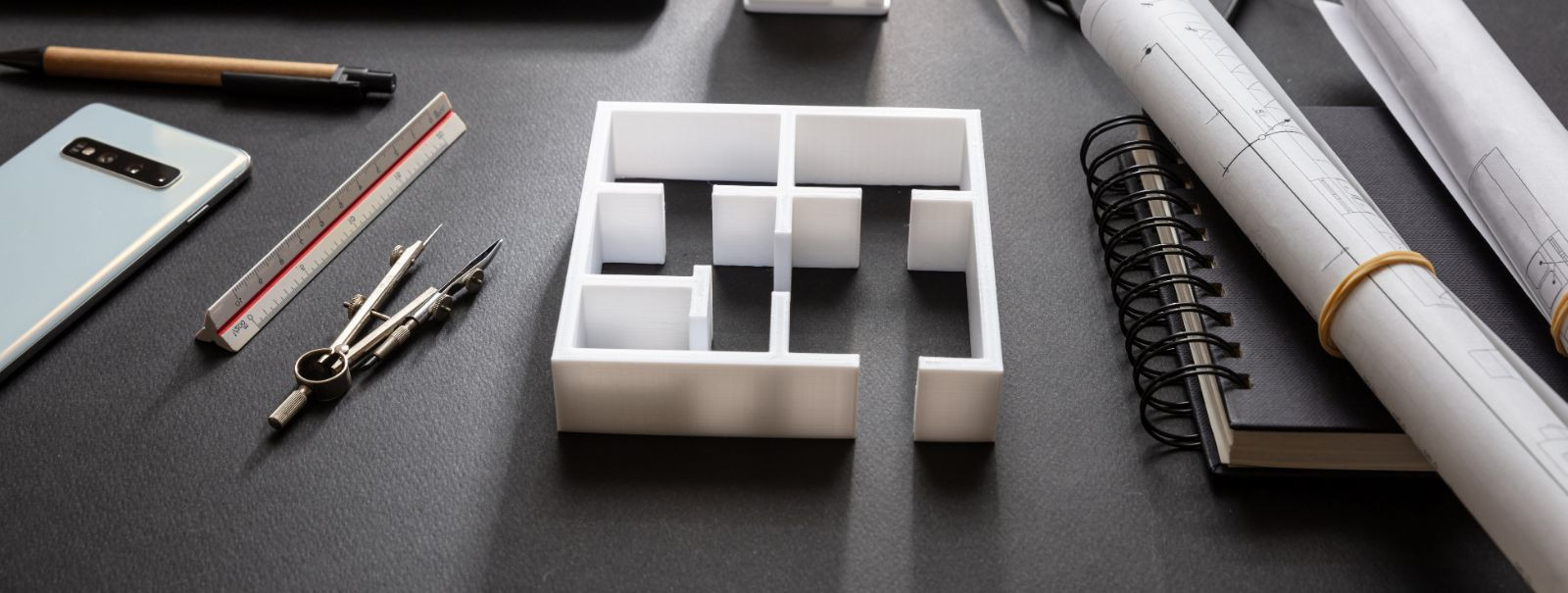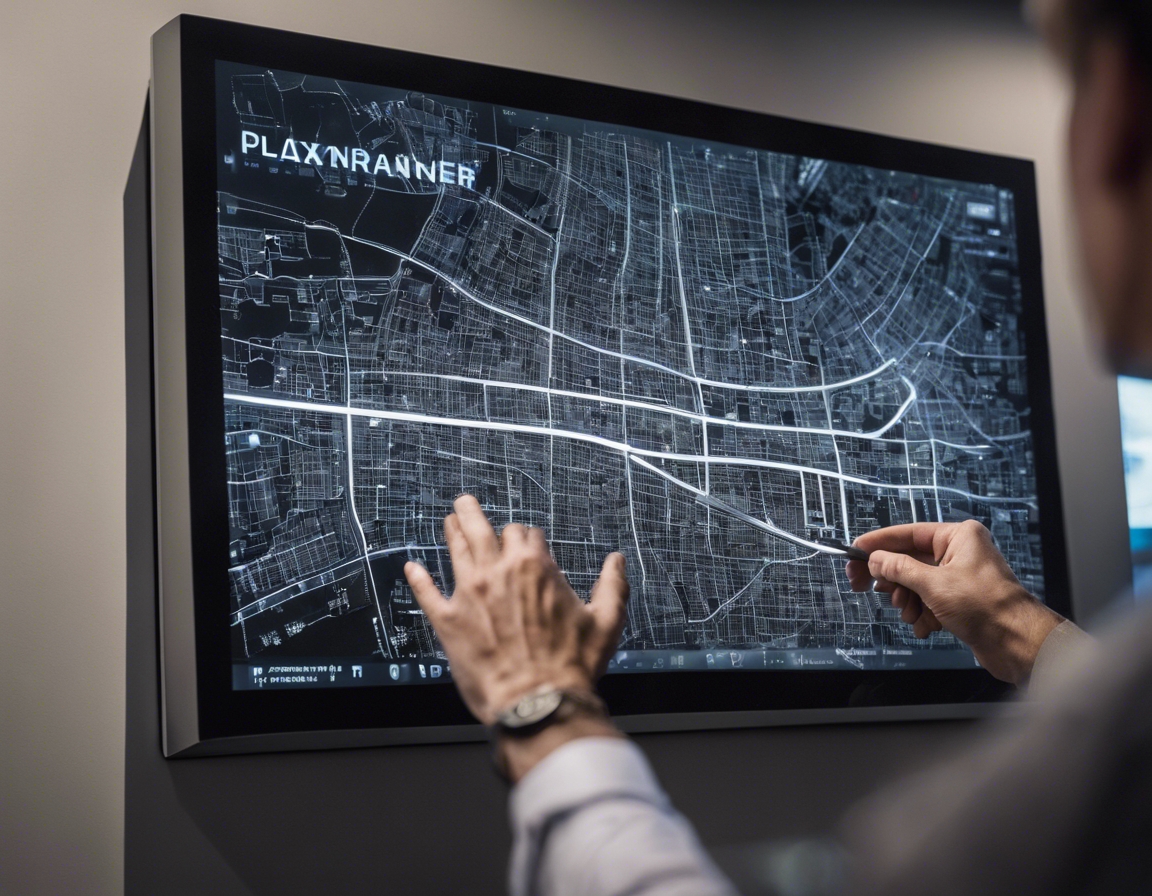The importance of precision in architectural design
Precision in architectural design is the meticulous attention to detail and accuracy in the planning, designing, and execution of buildings and structures. It is a critical factor that affects not only the visual appeal but also the functionality, safety, and longevity of architectural projects.
Historically, precision has always been a cornerstone in architecture. From the ancient pyramids to the modern skyscrapers, the success of these structures has relied heavily on the exactness of their design and construction.
The Role of Precision in Modern Architectural Design
Today's architectural projects must adhere to strict building codes and standards, which demand high levels of precision. This ensures the safety, accessibility, and sustainability of buildings.
Precision affects both the functionality and the aesthetic quality of a building. Accurate measurements and careful planning contribute to the efficiency of the design and its overall impact on users and onlookers.
The integration of advanced technologies such as Building Information Modeling (BIM) and 3D printing has elevated the level of precision achievable in architectural design, allowing for more complex and innovative structures.
Implications of Precision for Various Stakeholders
For developers and builders, precision in architectural design is essential for minimizing risks, reducing waste, and ensuring project profitability.
Government entities rely on precision to enforce building regulations and to ensure public safety and welfare within the built environment.
Investors and landowners seek precision in design to protect their investments and to guarantee that the end product meets their expectations and requirements.
Challenges in Achieving Precision
Architects and designers often face the challenge of interpreting and adhering to complex planning regulations, which can impact the precision of their designs.
Accurate geodetic data and thorough site analysis are crucial for ensuring that designs are appropriately adapted to their physical context.
Material properties and construction techniques also play a significant role in the precision of the final architectural product.
Strategies for Ensuring Precision in Architectural Projects
Architects can leverage sophisticated design software to enhance precision at every stage of the design process.
Effective collaboration among architects, engineers, and construction professionals is key to maintaining precision throughout a project's lifecycle.
Implementing rigorous quality control measures and testing protocols ensures that precision is maintained from design to construction.






Comments (0)